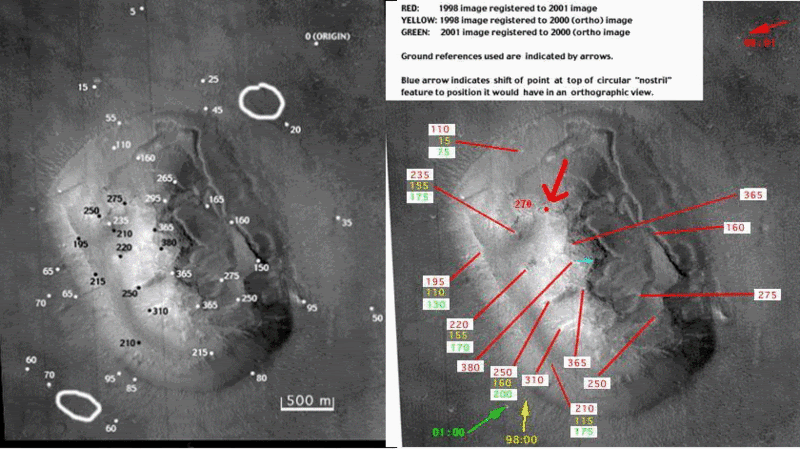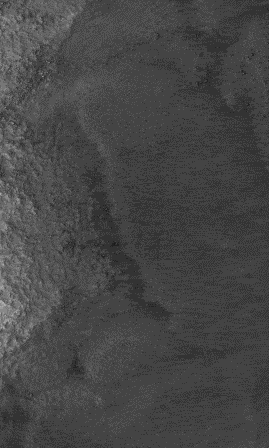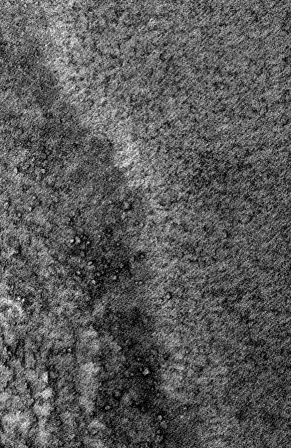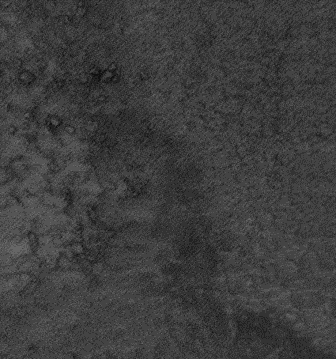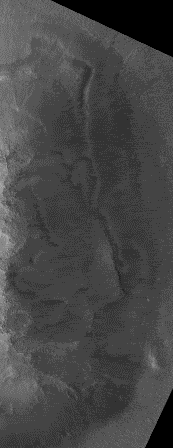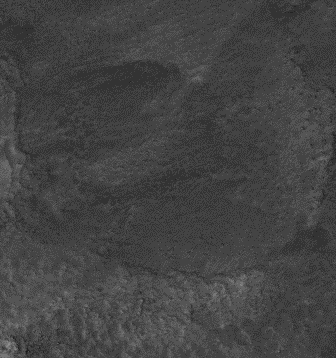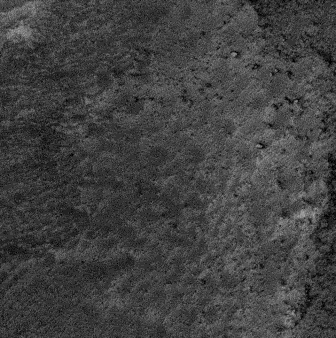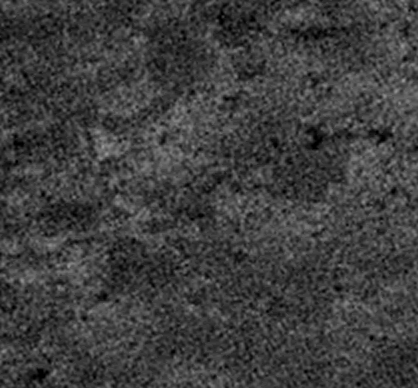- Thank you received: 0
NASA, I'm ready for my close-up
- neilderosa
-
Topic Author
- Offline
- Platinum Member
-

Less
More
17 years 6 months ago #16758
by neilderosa
Replied by neilderosa on topic Reply from Neil DeRosa
Hi ZM,
I agree with you...for the most part. Please check the signature for the quote you just cited and attributed to me. It wasn't mine.
Neil
I agree with you...for the most part. Please check the signature for the quote you just cited and attributed to me. It wasn't mine.
Neil
Please Log in or Create an account to join the conversation.
- neilderosa
-
Topic Author
- Offline
- Platinum Member
-

Less
More
- Thank you received: 0
17 years 6 months ago #19574
by neilderosa
Replied by neilderosa on topic Reply from Neil DeRosa
Please Log in or Create an account to join the conversation.
- neilderosa
-
Topic Author
- Offline
- Platinum Member
-

Less
More
- Thank you received: 0
17 years 6 months ago #16759
by neilderosa
Replied by neilderosa on topic Reply from Neil DeRosa
Please Log in or Create an account to join the conversation.
- neilderosa
-
Topic Author
- Offline
- Platinum Member
-

Less
More
- Thank you received: 0
17 years 6 months ago #19576
by neilderosa
Replied by neilderosa on topic Reply from Neil DeRosa
The next section of the face to look at is the chin area.
28- Chin area context at 10% magnification
29- Chin close-up 20%
30- Chin close-up 81%
31- Another chin close-up 81%
32- Blemish over west eye 100%
33- West eye close-up 200%
34- East side of nose 18%
35- East side of nose 64%
36- East side of nose 93%
37- East side of face context straight up at 5% magnification
38- Blast zone in east jaw section 31%
39- Above east eye 72%
40- East eye 72%
41- Melt below east eye 100%
42- East eye context 25%
28- Chin area context at 10% magnification
29- Chin close-up 20%
30- Chin close-up 81%
31- Another chin close-up 81%
32- Blemish over west eye 100%
33- West eye close-up 200%
34- East side of nose 18%
35- East side of nose 64%
36- East side of nose 93%
37- East side of face context straight up at 5% magnification
38- Blast zone in east jaw section 31%
39- Above east eye 72%
40- East eye 72%
41- Melt below east eye 100%
42- East eye context 25%
Please Log in or Create an account to join the conversation.
17 years 6 months ago #18907
by rderosa
Replied by rderosa on topic Reply from Richard DeRosa
<blockquote id="quote"><font size="2" face="Verdana, Arial, Helvetica" id="quote">quote:<hr height="1" noshade id="quote"><i>Originally posted by tvanflandern</i>
<br />But then, we've covered all this before, haven't we? -|Tom|-<hr height="1" noshade id="quote"></blockquote id="quote"></font id="quote">Yes, that's true but maybe a little review is in order.<blockquote id="quote"><font size="2" face="Verdana, Arial, Helvetica" id="quote">quote:<hr height="1" noshade id="quote">So according to you, the artificial vs. natural question is unanswerable (at least with information in hand), and all opinions (including yours) are based simply on prejudice.<hr height="1" noshade id="quote"></blockquote id="quote"></font id="quote">No, not exactly. I have always maintained that reasonable people will disagree up to a point, and then at some point the evidence will be so overwhelming in favor of artificiality that it will no longer be subjective, and that same reasonable person will be forced to admit to the artificial nature of the object in question. Everything I posted in the Pareidolia thread had this idea as an underlying premise. <blockquote id="quote"><font size="2" face="Verdana, Arial, Helvetica" id="quote">quote:<hr height="1" noshade id="quote">However, the whole point of scientific method is to take that very subjectivity out of the equation so that prejudices cannot influence judgment. And that is why <i>a priori</i> predictions are so important -- because when they are made, no one knows how the predictions will turn out. Yet when the tests are performed, only one hypothesis survives.<hr height="1" noshade id="quote"></blockquote id="quote"></font id="quote"> Yes, I understand this is your point of view, but I don't believe what I'm saying is mutually exclusive with the idea of <i>a priori</i> predictions. I guess you could say that I "sort of" agree with it in principle, but do not agree with the part about how "no degree of detail is sufficient to prove artificiality". <blockquote id="quote"><font size="2" face="Verdana, Arial, Helvetica" id="quote">quote:<hr height="1" noshade id="quote">If you don't accept the a priori principle in the abstract as a valid way to test hypotheses without prejudice, then you (and many like you) must remain invincible skeptics or invincible believers, probably for life.<hr height="1" noshade id="quote"></blockquote id="quote"></font id="quote">No this doesn't really explain the current situation. I <b>do</b> accept the a priori principle in the abstract as <b>A</b> way to test hypotheses without prejudice, I just don't believe it's the only way. I still believe in looking at something, and seeing what that tells you. <blockquote id="quote"><font size="2" face="Verdana, Arial, Helvetica" id="quote">quote:<hr height="1" noshade id="quote">then you should direct your remarks to that issue because no amount of "it looks like..." or "it doesn't look like..." can be objective. Our perceptions are too closely aligned with our beliefs.<hr height="1" noshade id="quote"></blockquote id="quote"></font id="quote">I strongly disagree with this statement, which is probably why I keep coming back to the same things all the time. Like I've said all along there is such a state of "it looks like" that can be objective and convincing.
That's why I pointed out that everyone should really come to grips with just how high the resolution is here. That is crucial to my viewpoint.
rd
<br />But then, we've covered all this before, haven't we? -|Tom|-<hr height="1" noshade id="quote"></blockquote id="quote"></font id="quote">Yes, that's true but maybe a little review is in order.<blockquote id="quote"><font size="2" face="Verdana, Arial, Helvetica" id="quote">quote:<hr height="1" noshade id="quote">So according to you, the artificial vs. natural question is unanswerable (at least with information in hand), and all opinions (including yours) are based simply on prejudice.<hr height="1" noshade id="quote"></blockquote id="quote"></font id="quote">No, not exactly. I have always maintained that reasonable people will disagree up to a point, and then at some point the evidence will be so overwhelming in favor of artificiality that it will no longer be subjective, and that same reasonable person will be forced to admit to the artificial nature of the object in question. Everything I posted in the Pareidolia thread had this idea as an underlying premise. <blockquote id="quote"><font size="2" face="Verdana, Arial, Helvetica" id="quote">quote:<hr height="1" noshade id="quote">However, the whole point of scientific method is to take that very subjectivity out of the equation so that prejudices cannot influence judgment. And that is why <i>a priori</i> predictions are so important -- because when they are made, no one knows how the predictions will turn out. Yet when the tests are performed, only one hypothesis survives.<hr height="1" noshade id="quote"></blockquote id="quote"></font id="quote"> Yes, I understand this is your point of view, but I don't believe what I'm saying is mutually exclusive with the idea of <i>a priori</i> predictions. I guess you could say that I "sort of" agree with it in principle, but do not agree with the part about how "no degree of detail is sufficient to prove artificiality". <blockquote id="quote"><font size="2" face="Verdana, Arial, Helvetica" id="quote">quote:<hr height="1" noshade id="quote">If you don't accept the a priori principle in the abstract as a valid way to test hypotheses without prejudice, then you (and many like you) must remain invincible skeptics or invincible believers, probably for life.<hr height="1" noshade id="quote"></blockquote id="quote"></font id="quote">No this doesn't really explain the current situation. I <b>do</b> accept the a priori principle in the abstract as <b>A</b> way to test hypotheses without prejudice, I just don't believe it's the only way. I still believe in looking at something, and seeing what that tells you. <blockquote id="quote"><font size="2" face="Verdana, Arial, Helvetica" id="quote">quote:<hr height="1" noshade id="quote">then you should direct your remarks to that issue because no amount of "it looks like..." or "it doesn't look like..." can be objective. Our perceptions are too closely aligned with our beliefs.<hr height="1" noshade id="quote"></blockquote id="quote"></font id="quote">I strongly disagree with this statement, which is probably why I keep coming back to the same things all the time. Like I've said all along there is such a state of "it looks like" that can be objective and convincing.
That's why I pointed out that everyone should really come to grips with just how high the resolution is here. That is crucial to my viewpoint.
rd
Please Log in or Create an account to join the conversation.
- neilderosa
-
Topic Author
- Offline
- Platinum Member
-

Less
More
- Thank you received: 0
17 years 6 months ago #19438
by neilderosa
Replied by neilderosa on topic Reply from Neil DeRosa
Granted a message board is an inefficient (some might even say sloppy) way to do research, but it has its plus sides too. These last slides will be posted of the east half of the MRO face, and then I'll make my points and draw my conclusions.
43- East side of jaw at 14% magnification for context
44- East side of jaw at 26%
45- East side of jaw at 33%
46- East side of jaw at 80%
47- East side of jaw at 86%
48- East side of jaw at 200%
43- East side of jaw at 14% magnification for context
44- East side of jaw at 26%
45- East side of jaw at 33%
46- East side of jaw at 80%
47- East side of jaw at 86%
48- East side of jaw at 200%
Please Log in or Create an account to join the conversation.
Time to create page: 0.287 seconds





